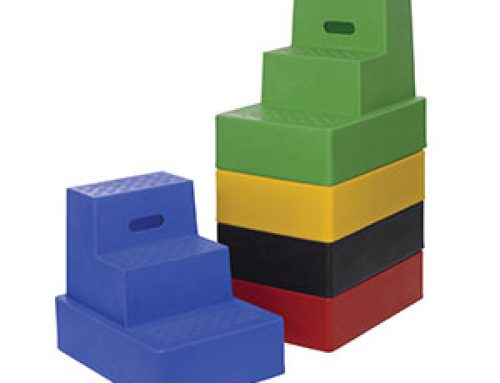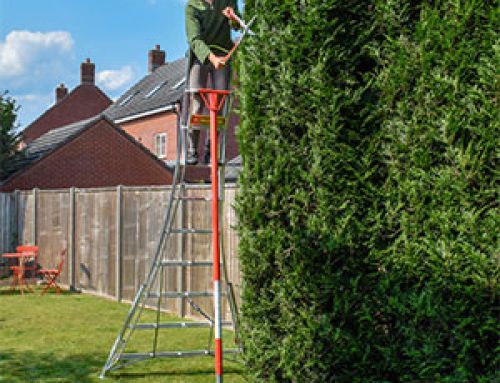The 2005 Working at Height Regulations is an important piece of legislation for the construction industry, and in broader terms for any industry where ladders and height access equipment may be used. The regulations are designed not to ban the use of ladders, but to encourage users to explore and consider alternative methods of height access that may be safer than a traditional ladder. Of course, there are many jobs that require a ladder and this cannot be avoided, so the WAHR implores these users to pay close attention to their equipment, to ensure help is at hand and to work in the safest possible manner.
Cherry pickers and scaffold towers represent safer height access methods, but as technology advances there are new innovations that eliminate the need for ladders in some jobs. Inspecting and surveying buildings, either for sale or to find out what maintenance work needs doing, are usually jobs that have to be done with a ladder. Accessing the roof to establish the state of repair is something that really does require a good look at the surface and structure of the roof, but this can now be done without a ladder or any other physical height access equipment.
Drones equipped with cameras are starting to be used to undertake these jobs, meaning the surveyor can remain on the ground whilst simultaneously getting a good look at the roof. A drone can cover the whole roof from any angle and is safe to use when the structure of the roof may not bear weight, eliminating the risk of anyone falling through an unsound roof surface. There are no ladders involved and therefore no need to keep moving a ladder around to see different parts of the roof. What could otherwise be a lengthy inspection on site can be done in a fraction of the time, with analysis performed on site or back in the office. On rainy days, this means less time spent in bad weather which can only be good for morale.
Drones are also ideally suited to exploring areas that are hard to access via ladder, or which may involve the use of several ladders to reach a distant location within a building. Church tower restorations and disaster recovery are two great examples of inspections which are hard or dangerous for a person on a ladder to undertake, but a drone can be invaluable in surveying these places.
Any faults or repairs that need to be made can then be carried out either with a ladder or another height access method as identified by the person carrying out the work. Drones can still be used on these jobs to check the integrity of the repairs as they happen and also to transport materials and tools to the person carrying out the work. Drones will never replace ladders, at least not until they are capable of safely carrying a person, but they are proving to be a useful additional tool for people who need to inspect and check buildings where the use of ladders is unsafe, or time could be saved by using robotic aids.
In terms of satisfying WAHR rules the use of drones is a very efficient way of proving that other access methods have been considered and used in order to reduce the use of ladders to the bare minimum. It is possible to take this one step further and record the use of scaffold towers or cherry pickers to undertake any work identified during the assessment phase, doing away with a traditional ladder altogether. Of course, there will be jobs where a ladder is the only way of carrying out work at height, and the repairs of roofs is one such area where roof ladders have been specifically adapted to make them the best tool for the job. As always, when considering how best to adhere to the WAHR the use of ladders should not be dismissed entirely, but it is important to investigate other methods for suitability – some may prove to be much more efficient than ladders altogether.






Leave A Comment
You must be logged in to post a comment.